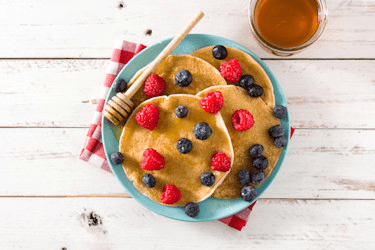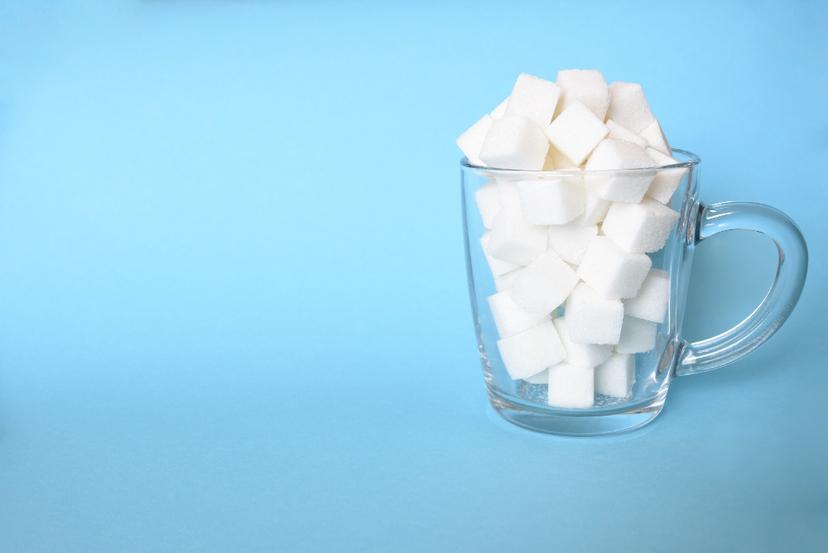6 июня 2024
How the Glycemic Index of Food Affects Weight Gain and Loss


6 июня 2024
How the Glycemic Index of Food Affects Weight Gain and Loss
## What is the glycemic index?
It is a measure of the rate at which sugar from food is processed into glucose, which then enters the bloodstream. The glycemic index of pure glucose is 100, which is the maximum possible value.
To simplify, the longer the product is broken down to glucose, the lower its glycemic index (GI). Foods with a high glycemic index are good if you need to build up energy levels quickly (e.g. for athletes before a workout), and foods with a low GI index give a more even and gradual release of energy.
## Why is this important?
The intake of glucose in the blood affects insulin production. A stable level of insulin "demand" is important to prevent diabetes and normal pancreatic function, and spikes in insulin are bad for organs and overall human health.
## Does a product's glycemic index affect its weight?
The index itself is simply information about how the product will be digested. Low-glycemic food will take longer to digest, insulin will be released in moderation, and a feeling of satiety will be maintained. A high GI product will cause a massive release of insulin, the food will be digested instantly, hunger will return, you will eat again, and everything that came in will be "deposited" in fat. Stable blood sugar levels promote weight loss, while sharp fluctuations upset both the endocrine system and the digestive system.
## What is considered low GI and what is high GI?
Low GI is considered to be under 55. Foods in this category include mostly fruits and vegetables, whole-grain bread, cereals, legumes, nuts, fish, meat, eggs, poultry, and dairy products. The average glycemic index is 56-79, which includes ice cream, potatoes, couscous, pastries, fresh and packaged juices, fruits, and honey. A GI greater than 70 is considered very high, and includes sports drinks, chips, white bread, carbonated drinks, french fries, candy, sweet cookies, and the sweetest fruits such as dates, melons, and watermelons.
## Does the glycemic index change depending on how the food is prepared?
Yes, it can significantly. The glycemic index of foods changes as they are cooked, i.e., it increases when the product is boiled, fried, or stewed. For example, raw carrots have a low GI, but if they are boiled, the index rises dramatically. And cold foods take longer to digest (and therefore have a lower index) than warm foods. So it is best to make a chart for yourself of frequently consumed foods and see if you are overloading your pancreas and gastrointestinal tract.
## Are low GI foods better for your figure than high GI foods?
For health and good digestion, low GI foods are better. However, when it comes to weight gain and weight loss, the so-called glycemic load has more of an impact. Take for example a watermelon: its index is very high at almost 80. However, this fruit consists of 97% of water, and carbohydrates account for only 3% of its weight. Thus, despite its high GI, watermelon does not become a product from which the body can form fat deposits













